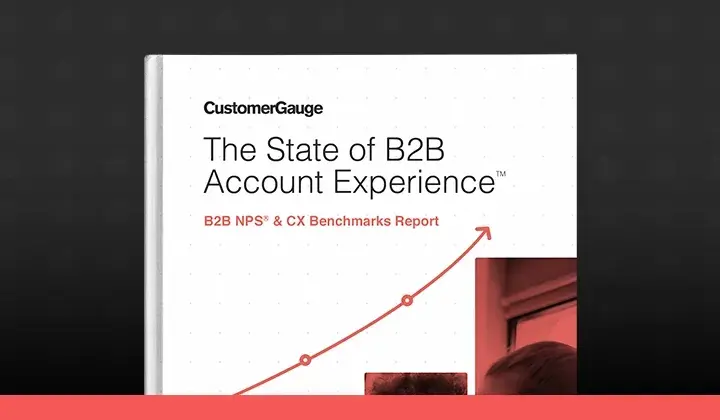From sudden death to cultural phenomenon: Lego’s customer experience story
With 94 bricks to every person on earth, it’s not surprising that long after childhood adults still hold an affinity for Lego. It is a brand that has transcended simply being a set of plastic bricks, and yet with a deficit of 1.4bn Danish kroner in 2003 Lego was very close to being no more.
After this near miss the brand realized that experience with its product was the number one factor to address, but to do this they needed to understand their customer base.
As Conny Kalcher, vice-president of marketing and consumer experiences stated:
“If you want to be a premium brand you have to keep demonstrating that you are listening. Never become too big, or too arrogant, because the moment you do, the consumer moves away from you.”
As a result Lego started segmenting its customer base by affinity using the Net Promoter® score. Using NPS they were able to understand what their customers liked and wanted, discovering along the way that shifting detractors to promoters meant an increase of 20% in consumer spend value.
The company realized that their marketing strategy had to be more than just the unidirectional messages of traditional paid media campaigns. Current day consumers want to be engaged in a conversation rather than talked at.
As such, it has created a real-time approach to social media and content, introducing ‘listening stations’ which allow Lego to monitor sentiment and respond quickly if needed.
Most ingenious of all is Lego’s co-creation efforts with its fans, giving fans the opportunity to propose their own ideas for new Lego sets. This has allowed fans to incorporate cultural icons and references into the Lego brand, aligning Lego with popular culture and becoming part of pop culture in the process.
As a company that is becoming less about manufacturing and more than ever a media company telling stories about bricks, it’s not hard to understand why Lego has enjoyed nine consecutive years of growth.
Read more about Lego’s amazing turn around here.
It's not all sun and surf in Oz: The problem of employee engagement in Australia
There are problems brewing in the Australain workplace and signs of it are beginning to show with a national employee NPS of -23.
A new nationwide survey conducted by Engaged Marketing surveyed 3,361 Australians and found that the average Australian worker would not recommend their workplace to others, is unlikely to do more than what’s expected and is likely to be looking for a new job.
[caption id="attachment_14709" align="alignright" width="411"] Australia is an economically strong country, but their workforce might not be the same.[/caption]
Australia is an economically strong country, but their workforce might not be the same.[/caption]
These findings are of great concern to Australian organizations as it highlights productivity, referral and recruitment issues.
"It's alarming how few Australians would recommend their current workplace as a great place to work to family and friends. Given the power of word-of-mouth, this has the potential to significantly and negatively impact an organization's future recruitment prospects," said Managing Director Christopher Roberts.
Most interesting of all was the difference between detractors and promoters. The study found that the discretionary effort scores of promoter employees were 77% higher than those of detractor employees, while engaged employees meant greater employee loyalty with promoters three times more loyal than detractors.
These findings highlight huge problems in the Australian workforce and more measures need to be taken to engage employees.
Roberts sums it up best by saying that “staff engagement is more than just staff satisfaction. It's about ensuring staff feel genuinely valued, are having some of their core human needs met, and understand the role they play in delivering an organization's business strategy.”
To find out more about the state of employee engagement in Australia read the full article.
In Brief
The UK electronics retailer, Maplin has posted a score of 72.
On the other side of the Atlantic the electronic retailer Best Buy has come in with a 31.
Staying with retail, the largest bookseller in the U.S. Barnes & Noble, remains in good favour with its customers as it posts a score of 45.
After some bad press in the last 6 months, Uber still enjoys a score of 37.
While, the large UK online bank, First Direct has a strong score of 73.

